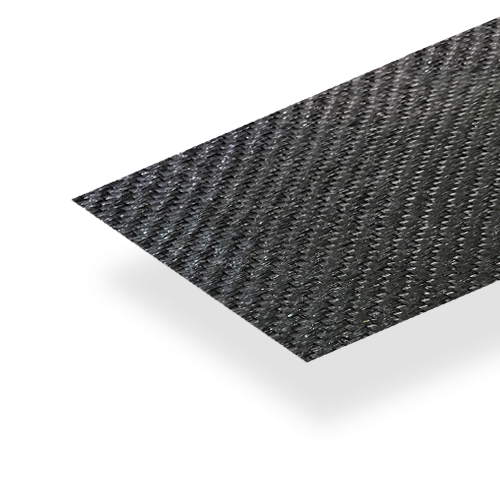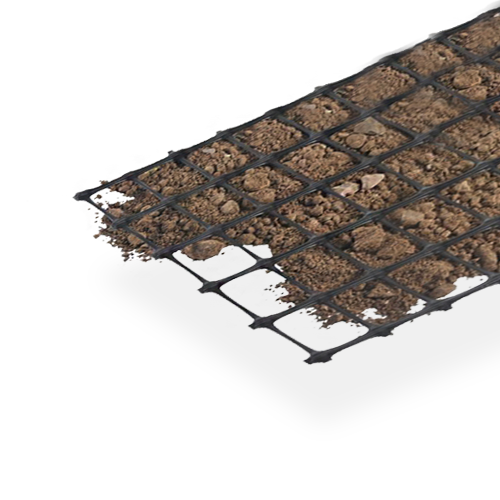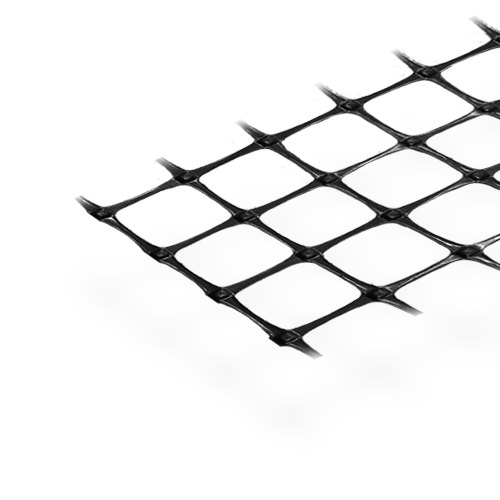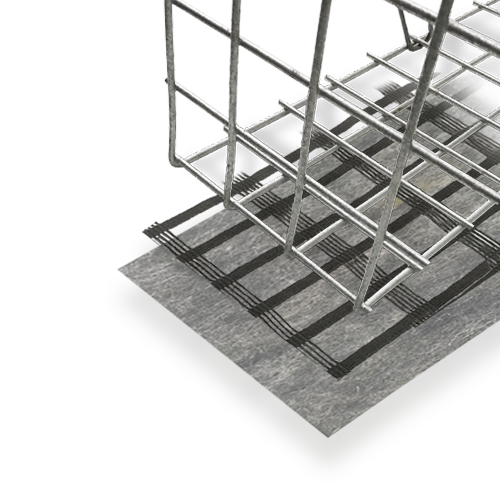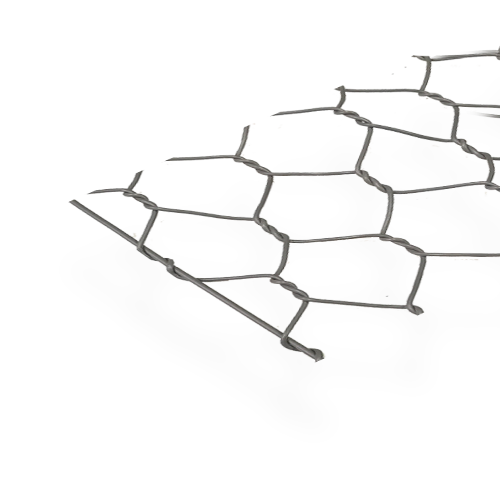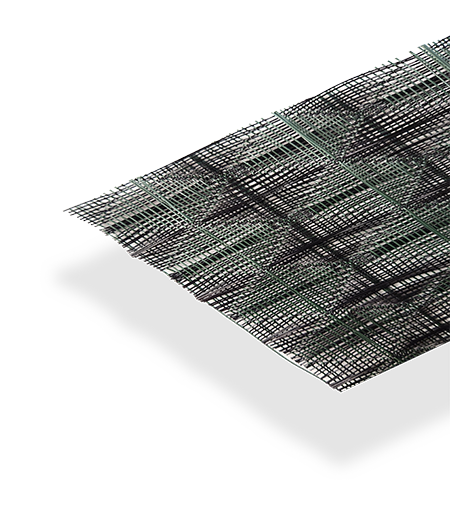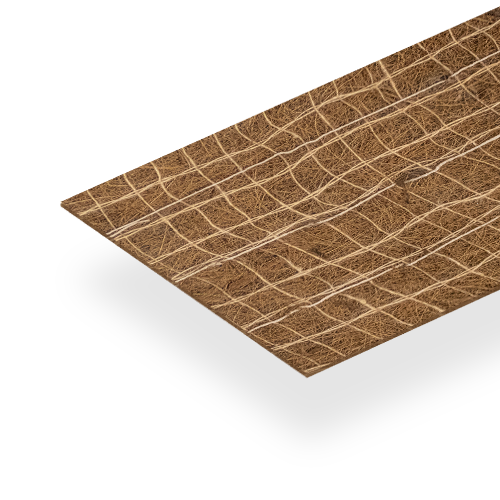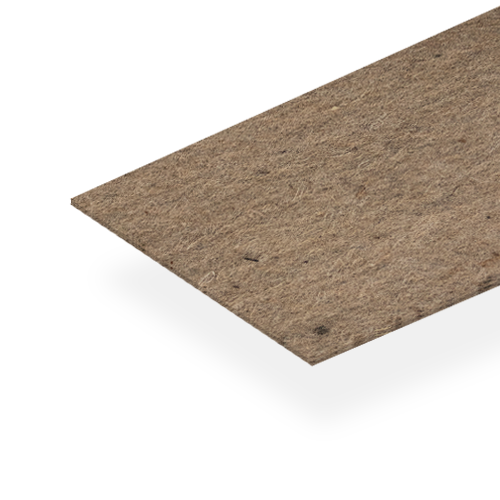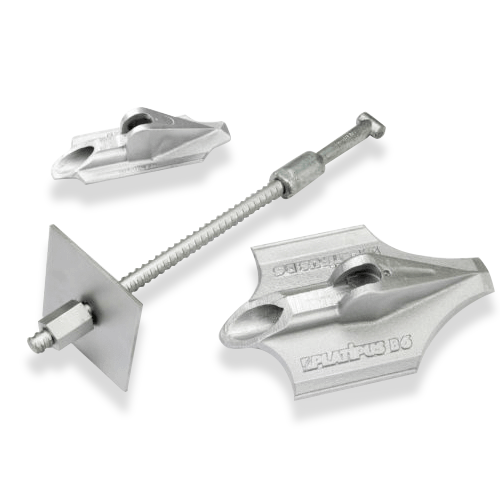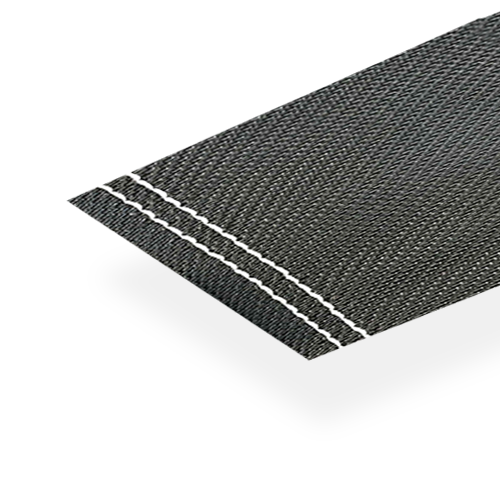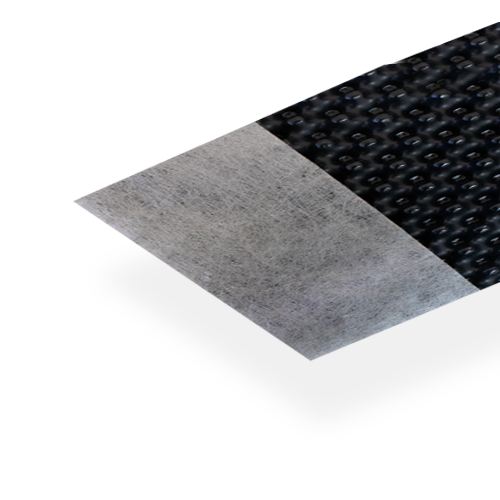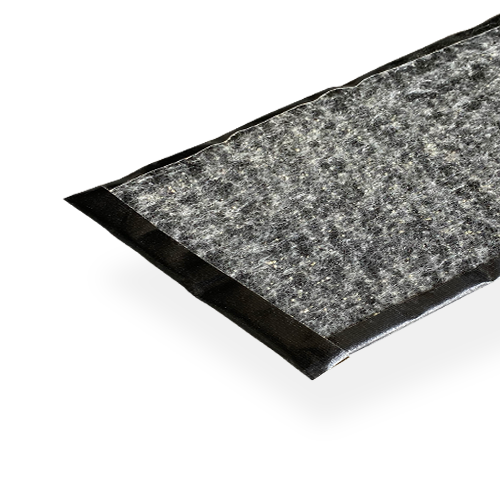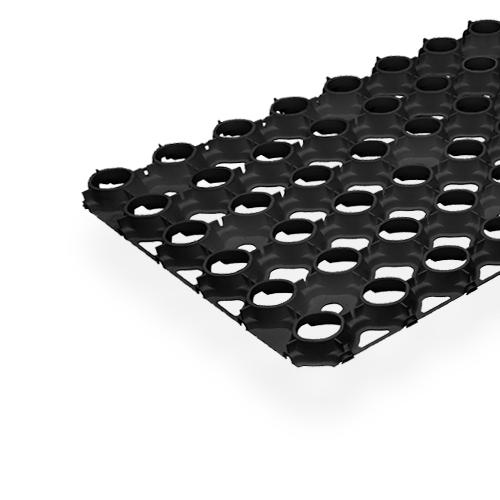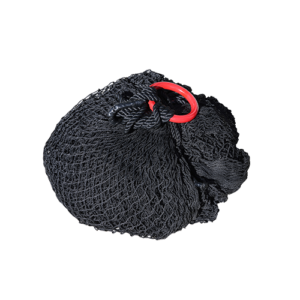- Menu
- ProductsFeatured ProductsGeotextilesGeogridsReinforced Soil SystemsBlock Retaining SystemsGabionsTurf MattingGround CoversEarth AnchoringDewatering & DrainageDrainage CompositesImpermeable LinersPermeable PavingGeocellsRock Bags
- Contact Us
Potholes on the State Highway Network
Facebook
LinkedIn
Twitter
WhatsApp
 Potholes have been a hot topic in the news recently, highlighted by the increased traffic over the holiday period, and the heavy rainfall that some states have experienced. However, while a pothole is very inconvenient and sometimes downright dangerous, it is simply a manifestation of something else wrong with the pavement such as drainage, insufficient sealing or a weakened basecourse.
Potholes have been a hot topic in the news recently, highlighted by the increased traffic over the holiday period, and the heavy rainfall that some states have experienced. However, while a pothole is very inconvenient and sometimes downright dangerous, it is simply a manifestation of something else wrong with the pavement such as drainage, insufficient sealing or a weakened basecourse.
The discussion over potholes as an indication of the overall condition of the state highway network, and the funding required to properly maintain that network, feeds into a wider ideological debate about whether we should be using our roads for most of our transport solutions, or whether we should transition to other transport solutions such as rail, mass rapid transit, walking and cycling.
What causes potholes to form?
While a combination of factors are at play, the primary cause of potholes can be attributed to water entering the pavement. As we will detail further on, this water enters through cracks or imperfections in the surface, thus weakening the pavement layers. 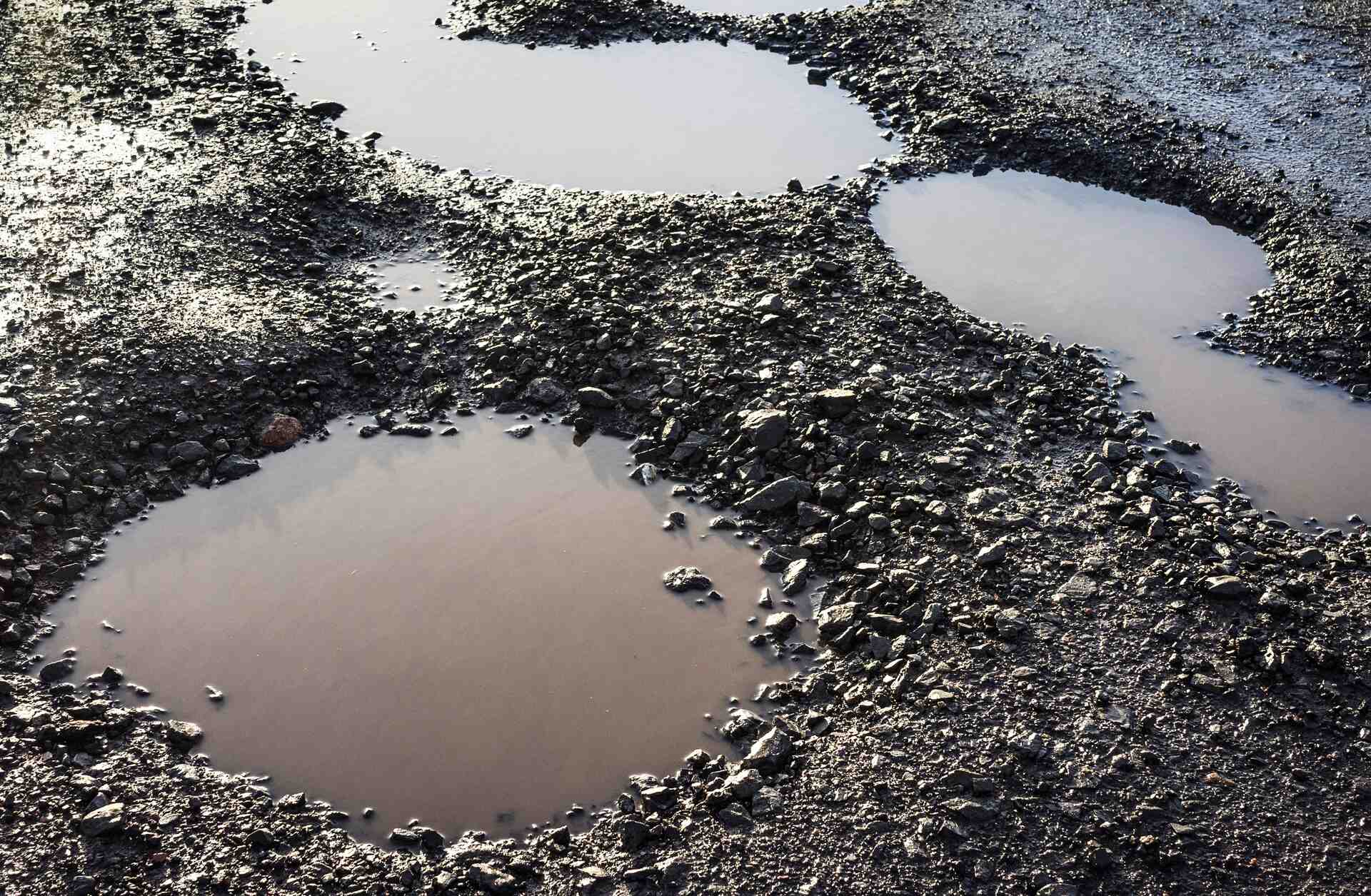 In some parts of the world, freeze thaw effects are also a common cause, but most Australian and New Zealand roads are not subject to frequent freeze and thaw effects.
In some parts of the world, freeze thaw effects are also a common cause, but most Australian and New Zealand roads are not subject to frequent freeze and thaw effects.
Understanding how roads are made
To gain a better understanding, it’s interesting to look at how our roads are made. In Australia and New Zealand, many of our highways are thin surface, flexible pavements.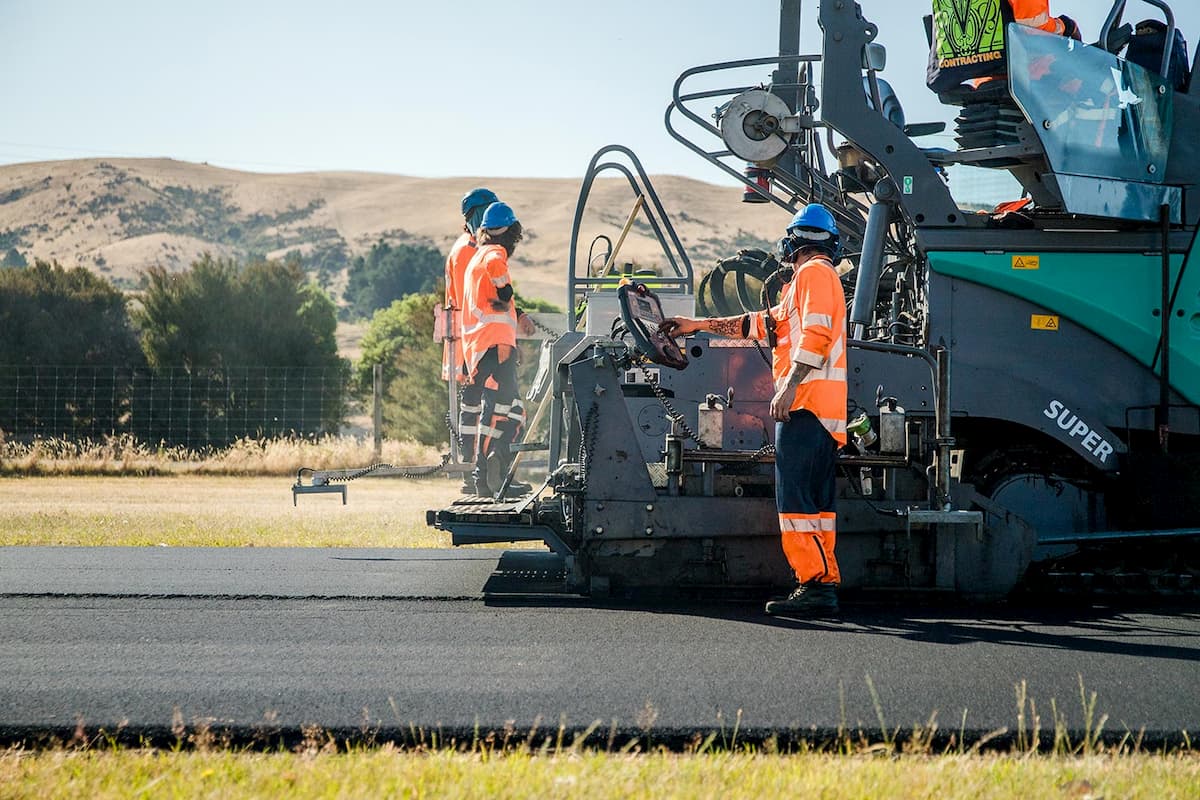 This incorporates a thin surface of bitumen and stone as a sealing and wearing course placed over a layer of unbound compacted aggregates which form the structure of the pavement. When designed and constructed correctly, this is a highly effective, efficient and long-life method of building roads. We also see rigid pavements such as concrete and deep lift asphalt pavements used. These are great options and can last for decades without major maintenance but they are a lot more expensive, so we typically only use them on motorways and freeways. This means thin surface flexible pavements are our focus for the bulk of our state highway network for the foreseeable future.
This incorporates a thin surface of bitumen and stone as a sealing and wearing course placed over a layer of unbound compacted aggregates which form the structure of the pavement. When designed and constructed correctly, this is a highly effective, efficient and long-life method of building roads. We also see rigid pavements such as concrete and deep lift asphalt pavements used. These are great options and can last for decades without major maintenance but they are a lot more expensive, so we typically only use them on motorways and freeways. This means thin surface flexible pavements are our focus for the bulk of our state highway network for the foreseeable future.
Potholes in thin surface, flexible pavements
As discussed, the surface of these flexible pavements is some combination of stone and bitumen. Bitumen is a very ductile product. It’s flexible, but over time as it’s subjected to the elements, hot and cold, sun, rain, and of course the constant barrage of heavy vehicles, the bitumen will begin to suffer from wear and tear. It then becomes susceptible to environmental and/or fatigue cracking. These cracks allow water in through the surface. It then moistens, or in some cases saturates and weakens the actual pavement layers. With the continual pounding of heavy vehicles, the surface can delaminate and the stone underneath loosen. Once this occurs, the surface and pavement layers will start flicking out with the passage of traffic. And so the pothole starts to form, and of course as soon as the pothole forms more water collects there and the degradation process accelerates.
These cracks allow water in through the surface. It then moistens, or in some cases saturates and weakens the actual pavement layers. With the continual pounding of heavy vehicles, the surface can delaminate and the stone underneath loosen. Once this occurs, the surface and pavement layers will start flicking out with the passage of traffic. And so the pothole starts to form, and of course as soon as the pothole forms more water collects there and the degradation process accelerates.
Rutting
Another ‘adversary’ of the pavement is rutting. As soon as a rut forms in the wheel path, water tends to settle there. Not only do we then get gravity fed water through the pavement, but it also gets driven in by the passage of the wheels.
How do we reduce the ingress of water into a pavement and reduce potholes?
- Clear out the drainage on the side of the roads. Make sure the water can get away and that water’s not seeping in from the sides.
- Make sure there is an effective seal on the pavement.
- Make sure there is adequate strength in the actual pavement layers, which leads us into construction methods.
When constructing a new road, there are steps we can take to prolong the life of the pavement. For example, when placing the seal coat down, we can use a membrane sealing layer underneath the surfacing to prevent that water ingress. Cirtex has different products that suit different conditions.
- Chipseal Pavements
For chipseal pavements, we have products like the PaveSeal, which is a nonwoven needle punched geotextile. During the installation process it gets impregnated with bitumen and becomes impervious but remains flexible. PaveSeal can move with the pavement but prevents water from coming down through the cracks.
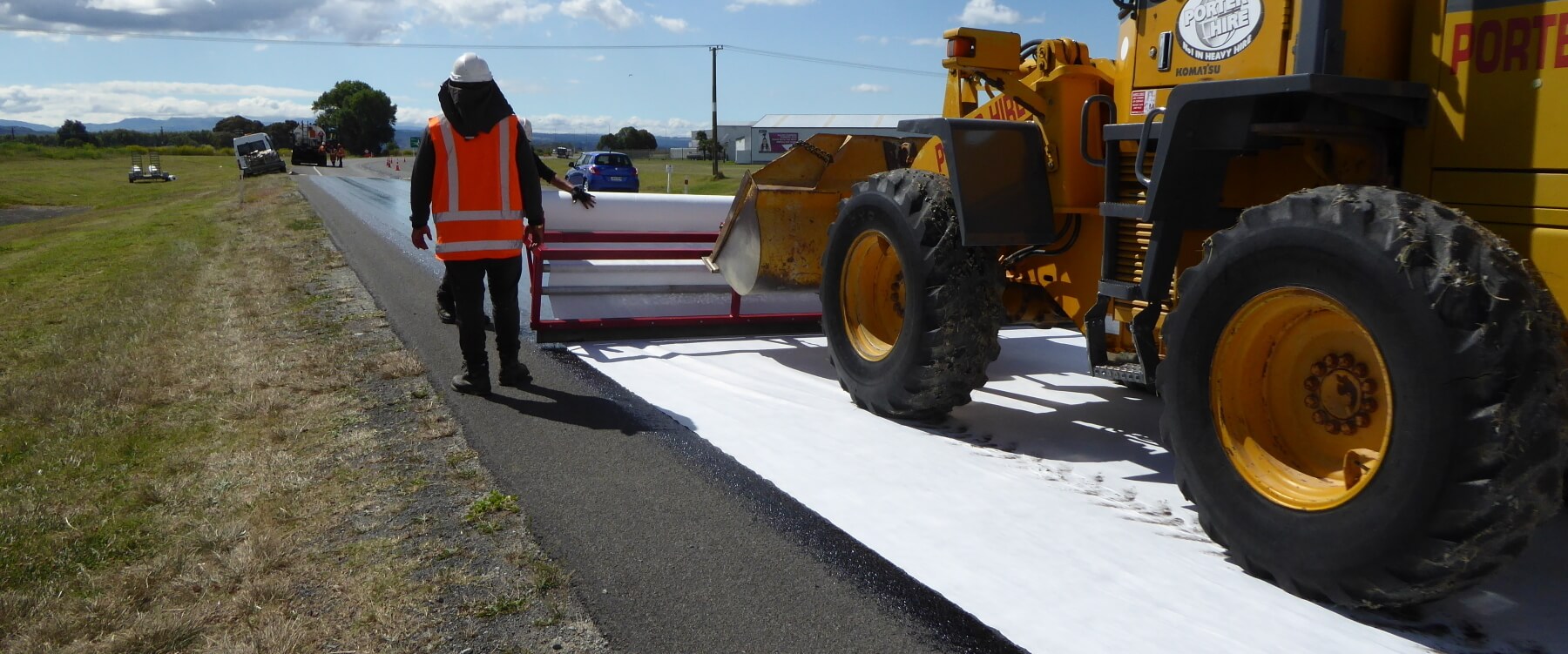
- High Volume, High Trafficked Chipseal Pavements
For greater support and reinforcement, look into Chipseal Grid. In addition to PaveSeal’s sealing function, Chipseal Grid also has the reinforcement function of high tenacity fibres preventing those cracks from forming in the first place.

- Asphalt Pavements
For asphalt surfaces such as a 30 to 50 mm surfacing layer, we have some very effective products such as the Huesker HaTelit asphalt reinforcement grid. HaTelit not only helps to prevent cracks from forming in the asphalt layer but mitigates reflective cracking from the pavement below.
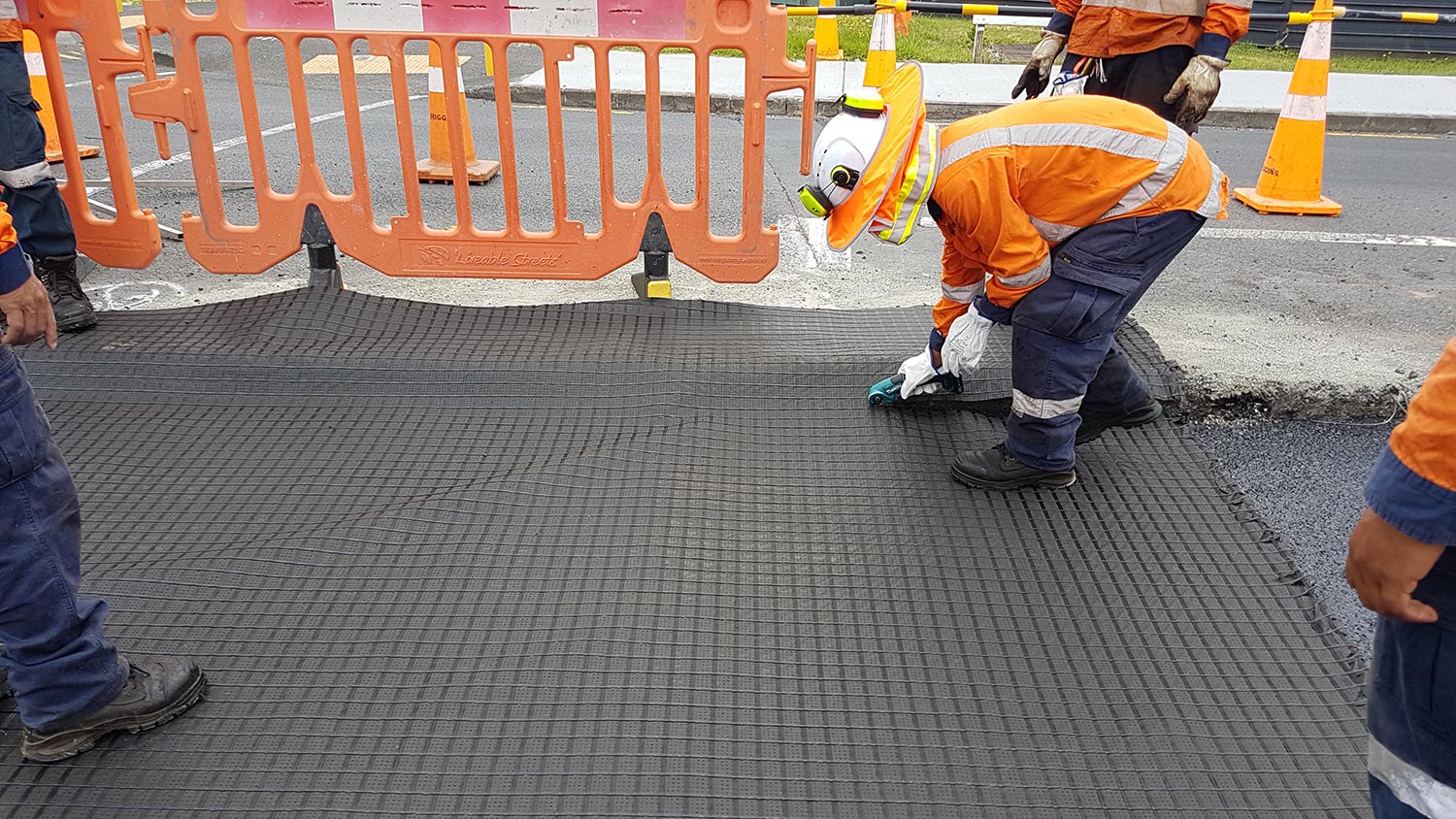 These are products that can be added at very little cost during the construction of the road, but they greatly extend the life of the pavement.
These are products that can be added at very little cost during the construction of the road, but they greatly extend the life of the pavement.
Stabilisation grids
To further prevent ruts from forming, we can also add stabilisation grids at the base when constructing or rehabilitating a road right down to the pavement layers.
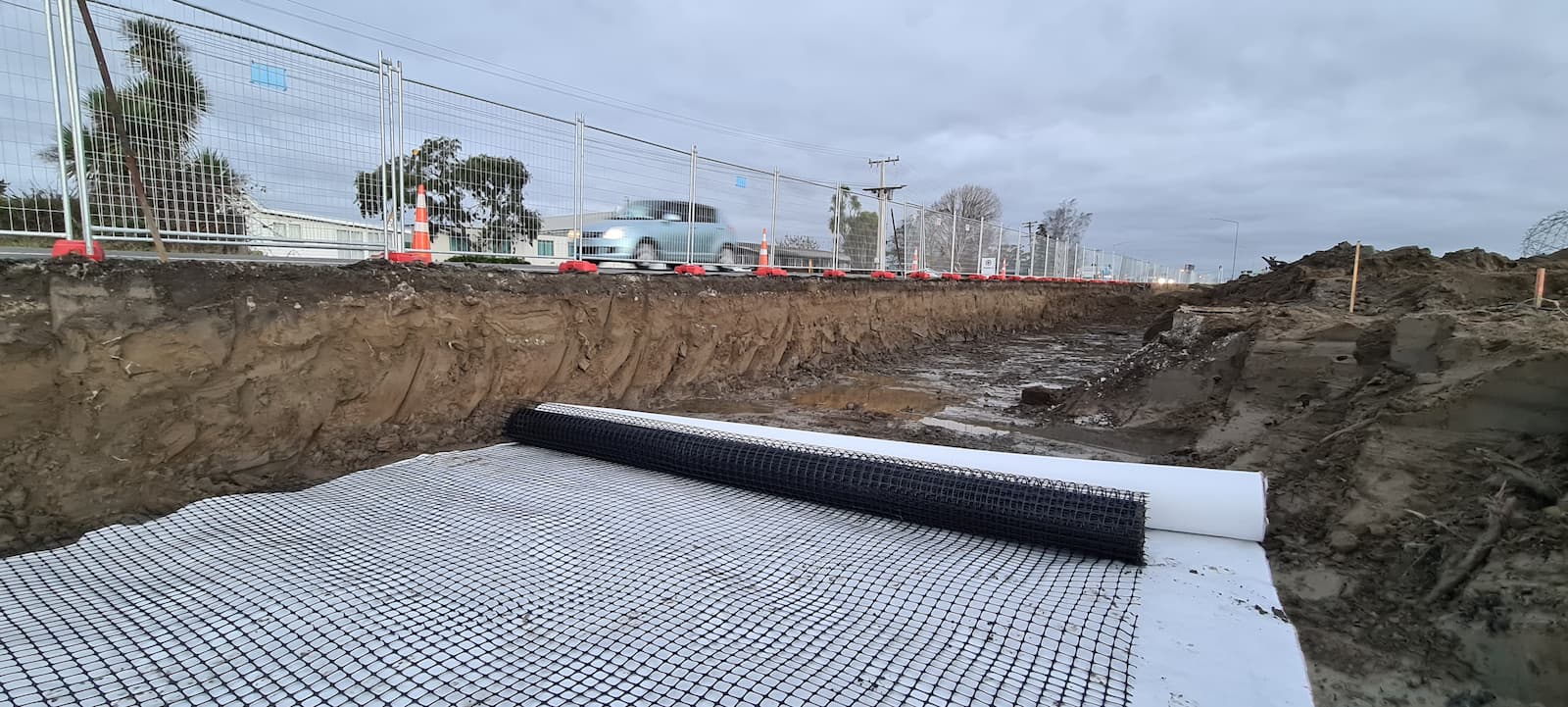 Products such as DuraGrid X and Tenax 3D products have been proven in large scale tests to stiffen the aggregate which in turn increases the pavement life.
Products such as DuraGrid X and Tenax 3D products have been proven in large scale tests to stiffen the aggregate which in turn increases the pavement life.
Give the team at Cirtex a call to discuss you road network maintenance requirements, and discuss the best solution for your site.





